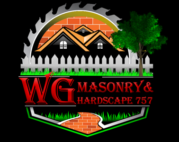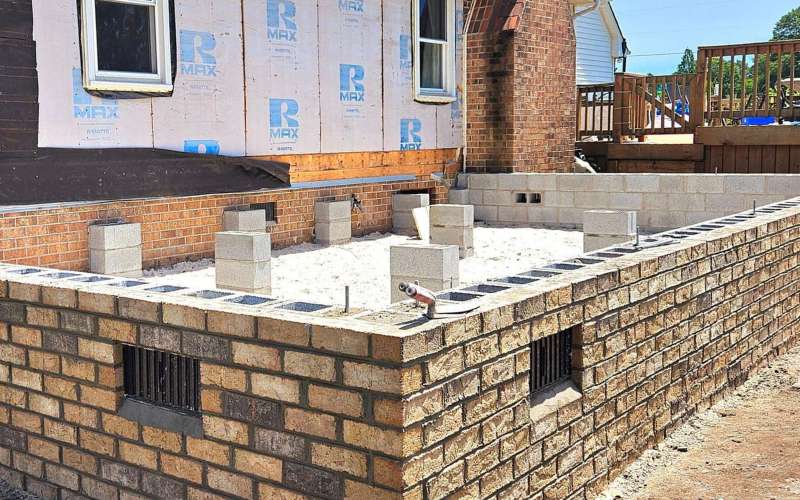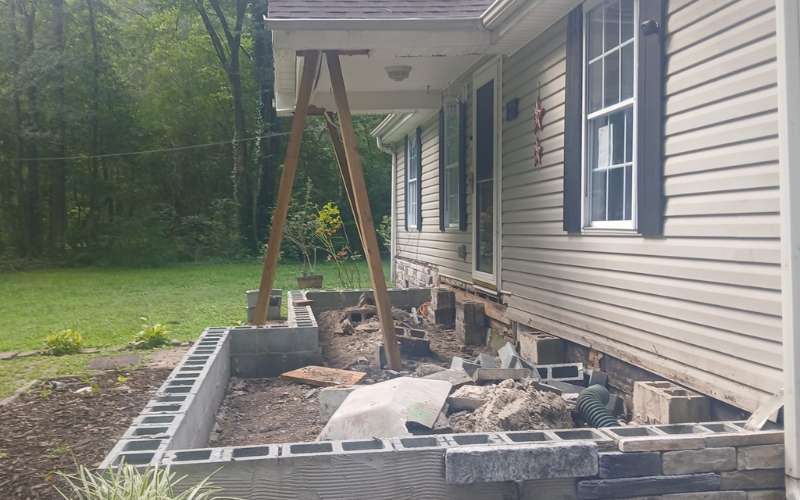When it comes to home or office renovations, understanding drywall types and their applications is crucial for a successful project. Have you ever wondered which drywall type is best for your needs? Choosing the right type can save you time and money. Let’s explore the different drywall options and where they work best, so you make an informed decision.
Different Types of Drywall and Their Best Uses
Drywall is a versatile building material used in constructing walls and ceilings. Choosing the right type of drywall is essential for the longevity and functionality of your project. Understanding drywall types and their applications can help you make the best decision for your home or office renovation. Below, we’ll explore various types of drywall, their features, and where they are best used.
1. Regular Drywall
Regular drywall, also known as whiteboard, is the most common type used in residential and commercial buildings. It is made from a gypsum core pressed between two thick sheets of paper. Regular drywall is affordable and easy to install, making it a popular choice for walls and ceilings. It is ideal for living rooms, bedrooms, and spaces where moisture is not a concern. When remodeling a room, regular drywall is often the go-to option due to its versatility.
2. Moisture-Resistant Drywall
Moisture-resistant drywall, often called green board, is designed to withstand high humidity levels. This type of drywall has a green coating that makes it resistant to moisture and mold. It is perfect for bathrooms, kitchens, and laundry rooms, where humidity is often a problem. Understanding drywall types and their applications helps you avoid costly repairs in areas prone to moisture. However, while green board is moisture-resistant, it is not waterproof, so it should not be used in areas exposed to direct water contact.
3. Fire-Resistant Drywall
Fire-resistant drywall, also known as Type X drywall, is designed to provide an extra layer of protection against fire. It contains non-combustible fibers and is thicker than regular drywall. This type of drywall is commonly used in garages, stairwells, and areas where fire safety is a priority. Fire-resistant drywall helps slow down the spread of fire, giving you more time to evacuate and minimize damage. When considering safety, understanding drywall types and their applications becomes crucial.
4. Soundproof Drywall
For those who value peace and quiet, soundproof drywall is an excellent option. It is specially designed to reduce noise transmission between rooms. This drywall type has extra layers of gypsum, along with additional materials like fiberglass, that enhance its sound-dampening qualities. Soundproof drywall is perfect for bedrooms, home offices, and media rooms where noise reduction is important. Investing in soundproof drywall can make a significant difference in the comfort of your home.
5. Paperless Drywall
Paperless drywall is a durable and mold-resistant alternative to regular drywall. Instead of paper, it has a fiberglass exterior, which provides better resistance to moisture and mold. It is ideal for basements, bathrooms, and other high-humidity areas. Paperless drywall is also more resistant to damage from scratches and dents, making it a good choice for areas with high traffic. When durability and moisture resistance are priorities, paperless drywall stands out.
6. Abuse-Resistant Drywall
Abuse-resistant drywall is designed for areas that experience a lot of wear and tear. It has a thicker and denser core, along with a reinforced surface that makes it more resistant to dents, scratches, and holes. This type of drywall is ideal for schools, hospitals, and other commercial buildings where walls are more likely to be damaged. For long-lasting walls that can handle impact, understanding drywall types and their applications helps in choosing abuse-resistant drywall.
7. Mold-Resistant Drywall
Mold-resistant drywall is specifically designed to prevent mold growth. It contains fiberglass instead of paper on its surface, which makes it less susceptible to mold and mildew. This drywall is perfect for bathrooms, basements, and other areas prone to moisture. It is essential for maintaining a healthy indoor environment, especially in spaces where air quality is a concern. When preventing mold is a priority, mold-resistant drywall is the best choice.
8. Final Thoughts on Choosing the Right Drywall
Selecting the right drywall type is crucial for the success of your renovation project. By understanding drywall types and their applications, you can choose the best option for your needs. Whether you need regular drywall for a living room or mold-resistant drywall for a bathroom, knowing the differences helps you make a more informed decision. Take the time to assess your project requirements, and contact us if you need professional guidance.
Contact Us for Expert Drywall Guidance
Choosing the right drywall type can significantly impact your renovation project. If you need help understanding drywall types and their applications, feel free to reach out to us. Our experts are here to provide you with professional advice and help you select the best drywall for your needs. Contact us today for a free consultation!



